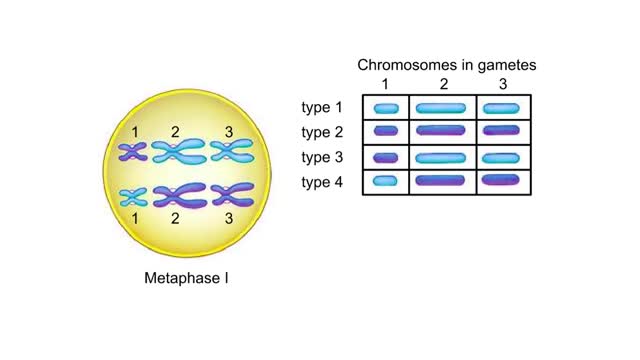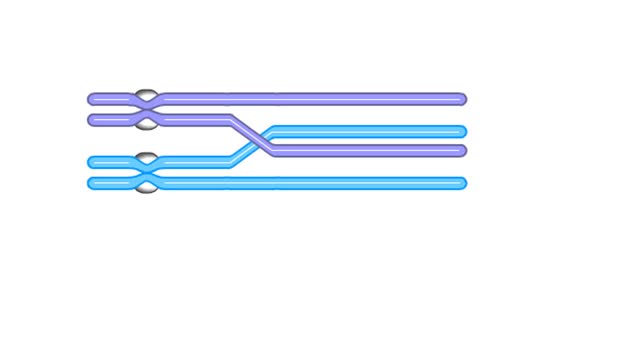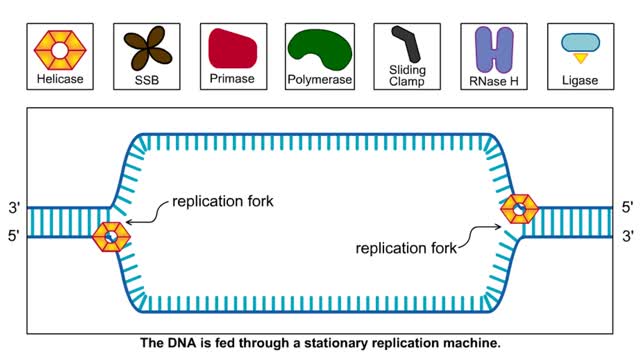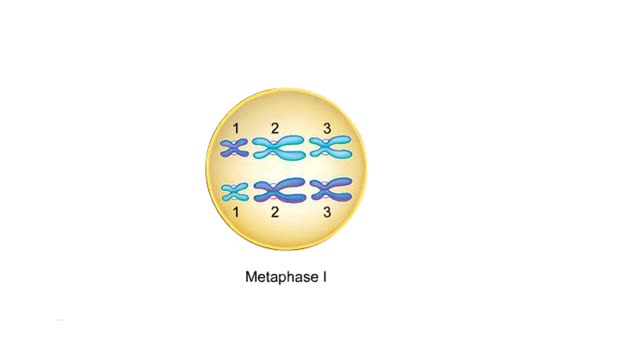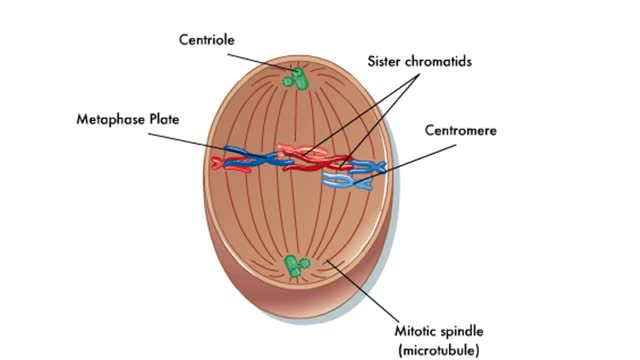Search Results
Results for: 'Replication of DNA and Chromosomes'
By: HWC, Views: 7390
DNA replication is the process by which a double-stranded DNA molecule is copied to produce two identical DNA molecules. Replication is an essential process because, whenever a cell divides, the two new daughter cells must contain the same genetic information, or DNA, as the parent cell.
HIV replication/ Replication cycle of HIV
By: HWC, Views: 7668
Replication cycle of HIV, one of the retroviruses. The HIV virus is surrounded by a lipid envelope with embedded proteins. A coat of viral proteins surrounds two strands of RNA and the enzymes used during replication. The virus attaches to and enters the host cell. Viral reverse trans...
DNA Replication Factory and Protein
By: HWC, Views: 10080
DNA (deoxyribose nucleic acid) carries all the genetic information needed to re-create itself and to pass on the characteristics of the organism. The “factory” model of DNA replication hypothesizes a specific nuclear structure in which the molecular machinery for replication forks are brou...
Random alignment at Metaphase I Animation
By: HWC, Views: 4913
Possible outcomes of random alignment at metaphase I. In this example, three types of chromosomes are labeled 1, 2, and 3. Maternal chromosomes are dark blue; paternal ones are light blue. Suppose that at metaphase I all the maternal chromosomes became attached to one spindle pole and all the ...
Homologous chromosomes during prophase I - Animation
By: HWC, Views: 8423
The chromosomes were duplicated during interphase and the sister chromatids are now in thin threadlike form. Each chromosome becomes zippered to its homologue, so that all four chromatids are closely aligned. The chromosomes are tightly aligned, but we will show them as separate so that y...
Replication of DNA and Chromosomes/ How do cells replicate their DNA? (Animation) no Audio
By: HWC, Views: 10297
DNA replication in E. coil begins at a site called oriC where a replication bubble forms. At either end of this bubble is a replication fork. Since DNA polymerase Ill can read its DNA template strand only in the 3' to 5' direction this means that one strand (leading) can be read continuously b...
The Lagging Strand in DNA Replication and Replication in Action
By: HWC, Views: 9992
The lagging strand is the strand of nascent DNA whose direction of synthesis is opposite to the direction of the growing replication fork. DNA backbones run in opposite directions, the strands in a DNA molecule are oriented antiparallel to one another. New DNA is made by enzymes called DNA...
By: HWC, Views: 8661
This is a cell during metaphase I. For each pair of chromosomes, any gamete produced by this cell could contain either the maternal chromosome or the paternal chromosome. How many different combinations of maternal and paternal chromosomes are possible in the gametes produced by a cell with th...
By: HWC, Views: 8464
Prophase is the first step in the mitotic process. During prophase, the chromosomes condense. The centrosomes begin to form a spindle and move into position on opposite sides of the cell. Sister chromatids are held together by a protein called cohesin at the centromere. Prometaphase is the sec...
Advertisement






